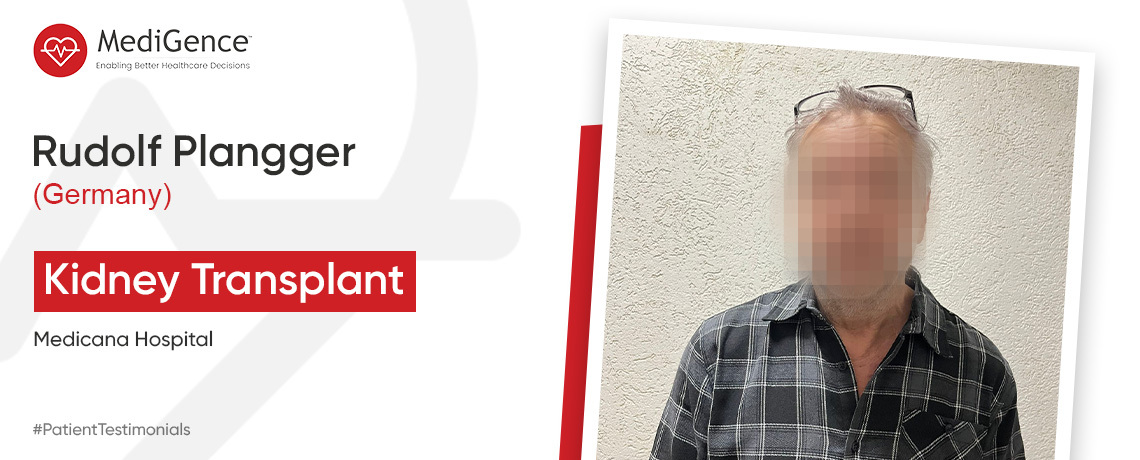The journey of life with a Left Ventricular Assist Device (LVAD) presents a unique journey filled with challenges and achievements. An LVAD is a mechanical pump implanted in the chest to help a weakened heart pump blood effectively throughout the body. This blog explores the realities of life with an LVAD, from the initial adjustment period to daily routines and long-term considerations. Whether you’re a patient, caregiver, or simply curious about this life-saving technology, join us as we delve into the experiences, insights, and support available for those living with LVAD.
Understanding the LVAD: A Breakdown of Its Key Components
The LVAD, or Left Ventricular Assist Device, is a mechanical pump designed to support the heart’s pumping function in individuals with severe heart failure. It consists of several key parts:
- Pump: It is the main component of the LVAD, responsible for pumping blood from the left ventricle of the heart to the rest of the body.
- Cannula: Tubes that connect the pump to the heart and blood vessels, allowing blood to flow in and out of the device.
- Controller: A small computerized device that controls the pump’s speed and function, typically worn externally by the patient.
- Power Source: The LVAD requires a power source, which can be provided by batteries, external power packs, or a power cord connected to a wall outlet.
- Drive Line: A cable that connects the internal pump to the external controller and power source, allowing communication and power transfer.
- Implantable Components: In some cases, parts of the LVAD may be implanted within the body, while others remain external.
Moving Your Body with an LVAD: Guidelines and Tips
Physical exercise and activity guidelines with an LVAD (Left Ventricular Assist Device) can vary depending on individual circumstances and the specific recommendations of your healthcare team. However, here are some general guidelines to consider:
- Consult Your Healthcare Team: Before starting any exercise program or engaging in physical activities, it’s important to consult with your LVAD coordinator or healthcare team. They can provide personalized recommendations based on your medical history, current health status, and the type of LVAD you have.
- Start Slowly: Begin with light activities and gradually increase the intensity and duration as tolerated. Start with short walks or gentle exercises and gradually progress over time.
- Avoid Heavy Lifting: it’s essential to avoid heavy lifting or strenuous activities that could strain the LVAD or increase the risk of injury. While some level of resistance training may be appropriate
- Stay Hydrated: Drink plenty of water before, during, and after exercise to stay hydrated, especially in hot weather.
Also Read: LVAD Implantation Guide
Diet Plan for LVAD Patients
While living with an LVAD, you can maintain your general health and well-being by adhering to these dietary and nutritional guidelines and collaborating closely with your healthcare team. Following are some broad recommendations:
- Balanced Diet: A balanced diet should consist of a range of entire grains, fruits, vegetables, lean meats, and healthy fats. This promotes general health and gives vital nutrients.
- Sodium Restriction: Patients with LVAD must restrict their sodium consumption to avoid fluid retention and lessen the strain on their hearts. This can entail sticking to fresh, whole meals and avoiding processed, canned, and high-sodium sauces.
- Fluid Intake: Always Monitor fluid intake closely, excess fluid can strain the heart and lead to complications.

Are you struggling to find what you are looking for?
Get Expert's Callback
Can You Travel with an LVAD? Guidelines and Tips
Individuals with an LVAD patients can indeed travel, but it requires careful planning and coordination with their medical team. The following rules and advice apply while traveling with an LVAD:
- Consult Your Healthcare Team: Before traveling, get advice from your healthcare team or LVAD coordinator. Based on your medical background, and present health condition they can guide you.
- Travel with Adequate Supplies: Carry enough medication with you including immunosuppressants and other prescription drugs for your LVAD or other medical issues.
- Avoid Magnetic Fields: Be careful around magnetic fields, as they can interfere with the function of your LVAD. This includes avoiding certain security screening devices at airports and maintaining a safe distance from strong magnets, such as those used in MRI machines.
- Monitor Your Health: While traveling pay attention to how you’re feeling during travel and promptly report any symptoms or concerns to your healthcare team.
- Notify Transportation Authorities: Inform transportation authorities such as airlines, cruise lines, or train operators about your LVAD and any special accommodations you may require.
- Plan for Emergencies: Familiarize yourself with the nearest medical facilities at your travel destination.
- Monitor Your Health: Whenever traveling, Pay attention to how you’re feeling during travel and promptly report any symptoms or concerns to your healthcare team
LVAD Patients Care: Essential Daily Guidelines
Following are the routine care and maintenance guidelines for a LVAD Patients:
- Daily Checkups: Look for symptoms of infection, such as redness, swelling, or discharge, at the driveline’s departure site every day. Make sure the driveline is not twisted or knotted and is fastened firmly.
- Hygiene: Before handling any LVAD equipment, wash your hands well. By the directions of your healthcare practitioner, keep the driveline exit site dry and clean.
- Medications: Always Take medications exactly as directed, including anticoagulants and immunosuppressants. Report any changes in medication effectiveness or side effects promptly.
- Activity: Adhere to the advice of your healthcare provider for physical activity and exercise. Avoid activities that may strain or damage the LVAD system.
- Diet: Maintain a balanced diet as advised by your healthcare provider, paying attention to fluid and sodium intake.
- Follow-up Appointments: Attend all scheduled appointments with your LVAD care team for device checks, driveline care, and overall health monitoring. If any changes in symptoms or concerns report promptly to your healthcare provider.
LVAD Recovery Journey: A Timeline and Guide
The recovery period after receiving a Left Ventricular Assist Device (LVAD) varies but generally spans weeks to months. Initially, patients are closely monitored in the ICU post-surgery. Upon discharge, recovery continues at home with gradual increases in activity, medication adherence, and learning LVAD care. Follow-up appointments ensure progress and address concerns. Emotional support is crucial during this adjustment period. Overall, LVAD recovery requires patience, self-care, and ongoing support.





